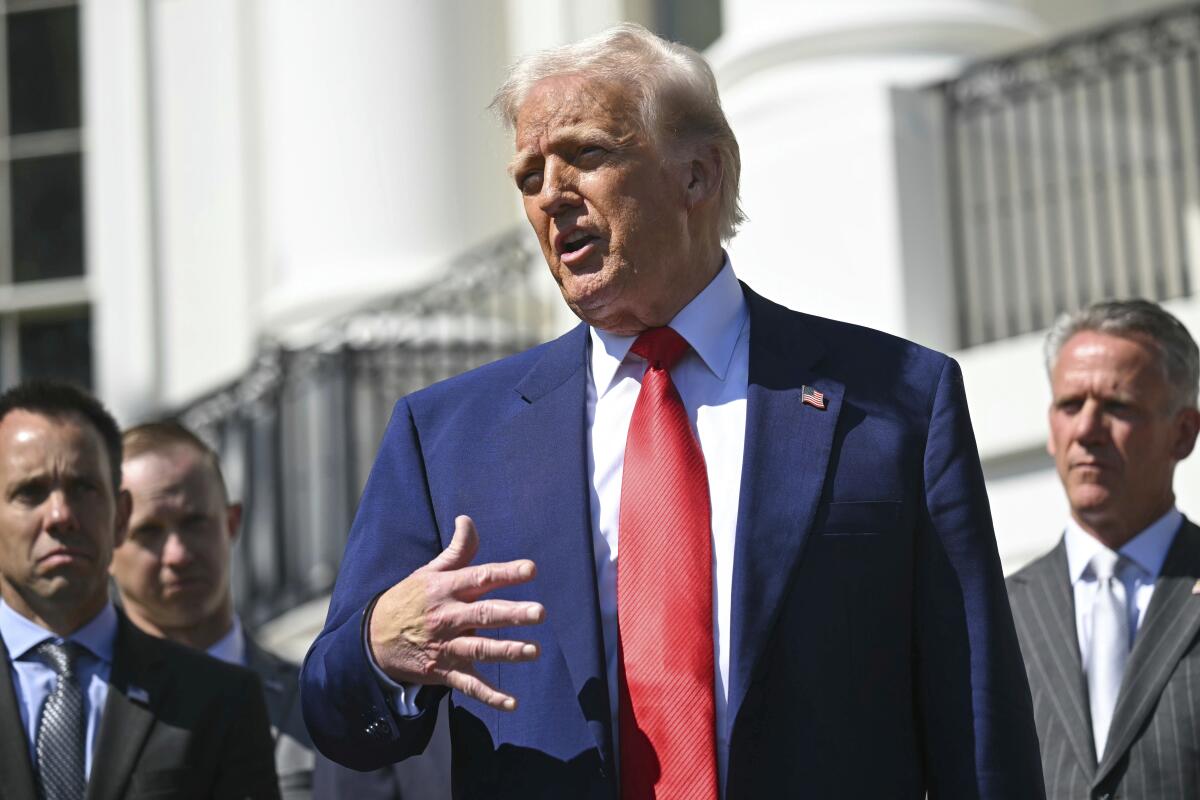Executive Summary
- The Texas Longhorns are reportedly spending up to $40 million on NIL deals to bolster their football program.
- This significant financial investment is raising concerns about the sustainability of such spending in college football and potential 'booster fatigue'.
- Despite financial concerns, Texas aims to capitalize on the NIL investment to compete for a national championship, alongside other top programs.
Event Overview
The Texas Longhorns, under head coach Steve Sarkisian, are making waves in college football due to their substantial investment in Name, Image, and Likeness (NIL) deals. Reports suggest the program may spend up to $40 million on NIL to attract top recruits and compete for a national championship. This significant financial commitment is sparking debate about the future of college football finances and the long-term viability of such strategies, especially with potential NCAA regulations on the horizon.
Media Coverage Comparison
| Source | Key Angle / Focus | Unique Details Mentioned | Tone |
|---|---|---|---|
| Marca | Texas's significant NIL investment and its impact on their championship aspirations. | Mentions Texas allocating $11 million on NIL last year, leading to a CFP semifinal appearance. Highlights concerns about the sustainability of $40 million NIL spending. | Analytical and cautionary |
| Sportskeeda | Reports and reactions to Texas Longhorns' alleged $40 million NIL spend. | Includes a quote from ESPN's Heather Dinich, who acknowledges the high cost of winning a national title but hasn't seen specific paperwork. Reports on concerns over the sustainability of this strategy even for top programs. | Skeptical and analytical |
Key Details & Data Points
- What: Reported spending of approximately $40 million on Name, Image, and Likeness (NIL) deals by the Texas Longhorns football program.
- Who: Steve Sarkisian (head coach), Arch Manning (quarterback), Pat McAfee (analyst), Heather Dinich (ESPN analyst), Texas Longhorns football program, NCAA, college football boosters
- When: 2025 season (focus of the investment), last season (initial NIL investment of $11 million), ongoing (concerns about long-term sustainability)
- Where: Austin, Texas (location of the University of Texas), national (impact on college football landscape)
Key Statistics:
- Key statistic 1: $40 million (estimated NIL spending by Texas Longhorns for the 2025 season)
- Key statistic 2: $11 million (NIL spending by Texas Longhorns in the previous year)
- Key statistic 3: $20.5 million (pending NCAA salary cap for athletic programs)
Analysis & Context
The reported $40 million NIL investment by the Texas Longhorns signifies a new era in college football, where financial resources play an increasingly crucial role in recruiting and team performance. While this investment aims to propel Texas to a national championship, it raises concerns about the financial sustainability of such practices and the potential for an uneven playing field. The pending NCAA regulations, including a potential salary cap, may influence the future of NIL spending, but booster-funded collectives could still provide certain programs with a competitive advantage. The situation is further complicated by the possibility of 'booster fatigue,' where donors may eventually reduce their financial contributions due to the sheer scale of investment required.
Notable Quotes
"I can't tell you if it's accurate. I'm not going to pretend to say that I've seen any paperwork that breaks down specifically how much every player is getting paid at Texas. But to answer your question, yes, it costs money to win a national title. Millions and millions of dollars"
Conclusion
The Texas Longhorns' aggressive investment in NIL deals reflects a broader trend in college football, where financial resources are increasingly vital for success. While this strategy positions Texas as a national championship contender in the short term, questions remain about the long-term sustainability of such spending and its potential impact on the competitive balance of college football. The effectiveness of this financial model will be closely monitored as the 2025 season unfolds and as the NCAA implements new regulations.
Disclaimer: This article was generated by an AI system that synthesizes information from multiple news sources. While efforts are made to ensure accuracy and objectivity, reporting nuances, potential biases, or errors from original sources may be reflected. The information presented here is for informational purposes and should be verified with primary sources, especially for critical decisions.









